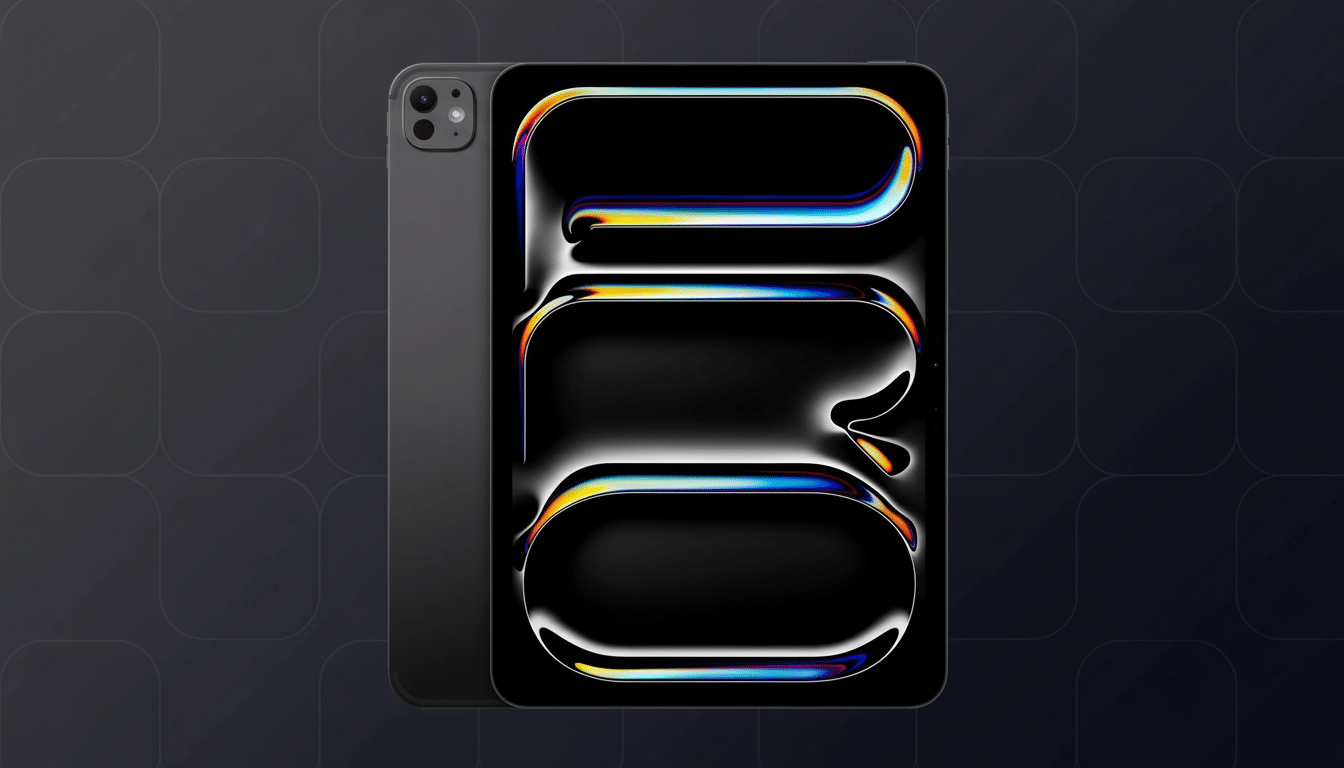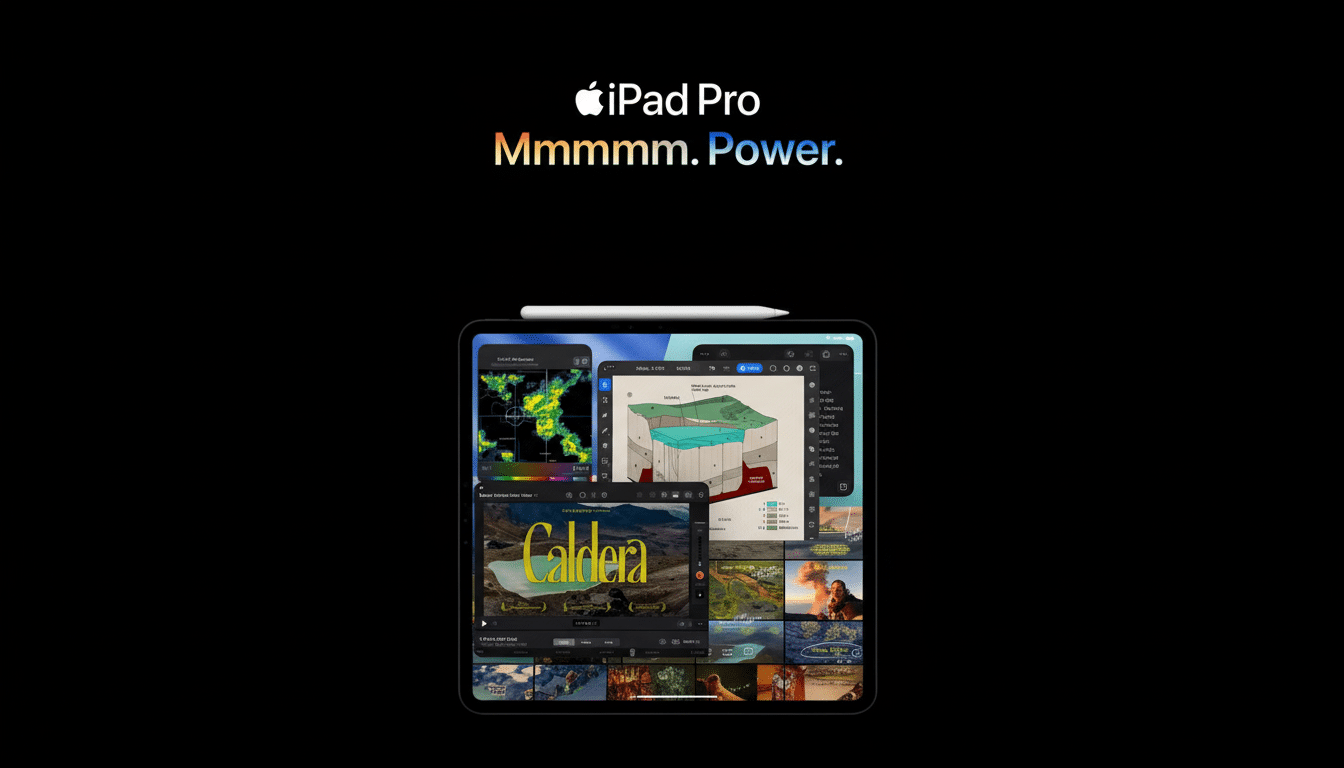Apple unveils a new 14‑inch MacBook Pro with the M5 chip, which can deliver up to 24 hours of battery life, marking another clear commitment towards faster on‑device AI and many more hours unplugged.
That is the vision for a pro‑class, portable machine with more focus on neural processing, macOS Tahoe and Apple Intelligence features only less reliant on cloud use which Apple is presenting this model as.

At a high level, Apple claims M5 boasts quicker CPU and GPU performance, a more powerful Neural Engine and increased memory bandwidth over its predecessor. That combination is squarely targeted at modern workloads: image generation in apps like Draw Things, locally large language models like Llama 3, code completion and indexing, multi‑stream video timelines. The pitch sounds familiar, but the focus on sustained AI throughput is more intense than it’s ever been.
M5 Architecture and AI Acceleration for On‑Device Work
Apple hasn’t shared fine‑grained specs, but the direction is clear. The larger core count and bandwidth on the Neural Engine are intended to speed up transformer models and diffusion pipelines on the laptop directly. That makes a difference for privacy, latency and cost. It is a trend that MLCommons has consistently demonstrated in its MLPerf Inference benchmarks: specialized accelerators fare very well on energy efficiency; Apple Silicon has long played to this strength, and the M5 seems to extend it.
For creatives, a faster GPU will mean shorter export times in Final Cut Pro and speedier effects previews in DaVinci Resolve. Developers can also anticipate faster Xcode builds and test runs, particularly on larger Swift and C++ projects where CPU performance and system memory bandwidth are critical. If M5 follows the pattern we’ve seen from M1 through M4, as independently and credibly analyzed by sites like AnandTech, real‑world gains may not only be in peak benchmark performances but in maintaining performance under active load.
Battery Life and Thermals in Demanding AI Workflows
Apple’s 24‑hour number is typically based off of video playback testing with device settings optimized for efficiency. In real‑world mixed use—web, calls, some code and creative apps—third‑party labs such as Notebookcheck and Consumer Reports have fallen under the headline number, but Apple’s pro laptops always deliver among the most battery life in their class. If that trend persists, the new 14‑inch model ought to stay out of your way for a full day of work and then some, with headroom for demanding AI tasks on battery power.

For portable AI, thermal is just as important. That’s the direction Apple has been going in with their recent designs—quiet cooling under normal load, ramping only during heavy sustained exports or compiles. That M5 efficiency should help maintain high clocks for longer periods without throttling. Consider a real‑world example: the travel photographer sorting through thousands of RAW files in Lightroom Classic, who then uses AI‑based denoise, all before distributing their images … that person likely entertains fewer power cord trips and faster turnaround.
Display, Audio, and Camera Upgrades for Hybrid Work
The 14‑inch Liquid Retina XDR display is a highlight once more, and the wide color, high contrast, and HDR punch all assist with grading as well for day‑to‑day clarity. A 12MP camera featuring Center Stage, along with a six‑speaker sound system completes the media setup which is supported by studio‑quality mics. For hybrid workers and creatives, that blend cuts down on the need for external gear while video chatting, recording podcast‑style sessions or when reviewing stuff with clients in person.
Ports, Software, and Ecosystem Fit for Pro Workflows
The machine keeps the practical port mix users expect in this chassis: MagSafe charging, Thunderbolt for high‑speed peripherals, HDMI for displays and an SDXC slot for speedy ingest. On the software front, in macOS Tahoe Apple Intelligence is layered into the system apps and developer tools, which remains focused on‑device processing using the Secure Enclave for data protection. As a result, engineers will continue to appreciate virtualization and container support as well as tools including Homebrew, while enterprises should be able to fold the model into fleets via Apple Business Manager with relatively low friction.
Price, Availability, and Who This Is Perfect For
The new 14‑inch MacBook Pro begins at $1,599 in space black or silver, costing less than many of the Windows workstations that can match its performance per watt. Preorders are now open, with retail release to come shortly. For Intel‑era Mac users, this leap in speed, battery life and AI capability should feel transformational. New M‑series purchasers will need to consider if the M5′s neural acceleration and increased runtime are worth it for their current workloads.
The headline is simple: this is the most portable pro Mac for anyone who wants to make AI fast on-the-go, creative heavy lifting, and real all‑day battery life. If Apple’s claims hold up in independent testing from labs like UL, Principled Technologies and media reviewers, the 14‑inch MacBook Pro with M5 might emerge as the go‑to pick for developers, designers and business travelers who no longer want to fill out a performance or endurance bracket.

